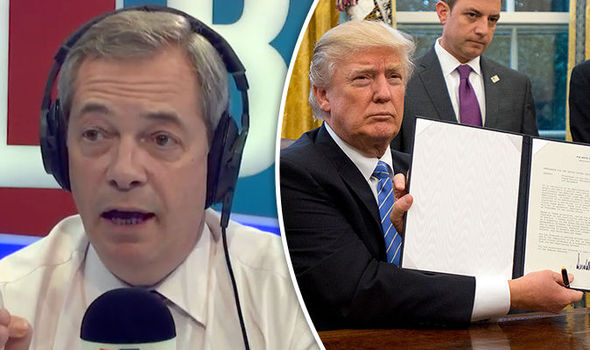

It’s what makes America great.” Mohamed had mentioned wanting to attend M.I.T., and on Wednesday night, while being interviewed by Chris Hayes of MSNBC, Hayes introduced a surprise guest, an astrophysicist at the university, who invited Mohamed to visit. “Want to bring it to the White House? We should inspire more kids like you to like science. There even came a tweet from Barack Obama’s account: “Cool clock, Ahmed,” the President wrote. After that, in a miniature version of the one-upmanship that Silicon Valley companies use to lure sought-after engineers, Google saved a spot for Mohamed at a science fair it hosts, and Twitter offered him an internship.
/cdn.vox-cdn.com/uploads/chorus_image/image/47115618/AP_13012314109.0.0.jpg)
Mohamed didn’t need the proffered introduction to Zuckerberg, the Facebook C.E.O., since, by Wednesday afternoon, Zuckerberg himself had invited Mohamed to meet him at Facebook’s headquarters. Dash has more than half a million followers within hours the hashtag #IStandWithAhmed was trending on Twitter, and Dash had collected thousands of suggestions-“everything from ‘Do you want to meet Mark Zuckerberg?’ to ‘I want to send you a robot,’ ” he recalled.
#Donald trump twitter nice clock ahmed how to
“My glasses were not that cool, but that was one hundred per cent me.”ĭash created an online form where people could send messages of support for Mohamed and suggestions for how to encourage his creativity. It caught the attention of Anil Dash, an entrepreneur in New York who, many years ago, had also been a brown-skinned fourteen-year-old who brought homemade gadgets to school. But on Tuesday, Avi Selk, an Irving beat reporter for the Dallas Morning News, covered the arrest, and people started sharing his article online. In the era before Twitter and Facebook and Instagram, a situation such as Mohamed’s might have been covered in the town newspaper, his cause perhaps taken up by local civil-rights lawyers and otherwise forgotten. Later, describing his reaction at the time of the arrest, he said, “I felt pretty down that no one would know about this.” He is a slight, fresh-faced teen, wearing a T-shirt depicting the NASA logo, a pair of hipster eyeglasses, and a complicated expression that suggests some mixture of surprise, fear, hurt, and resentment. Instead, after the device beeped in an English class, he was arrested and questioned for an hour and a half on suspicion that the device might be a bomb-or, in any case, a “hoax bomb.” In a photograph of Mohamed that has been circulating online, his wrists are constrained in a pair of handcuffs, and a police officer stands behind him.

On Monday, a fourteen-year-old Sudanese-American boy named Ahmed Mohamed brought a homemade clock to school, in the Dallas suburb of Irving.


 0 kommentar(er)
0 kommentar(er)
